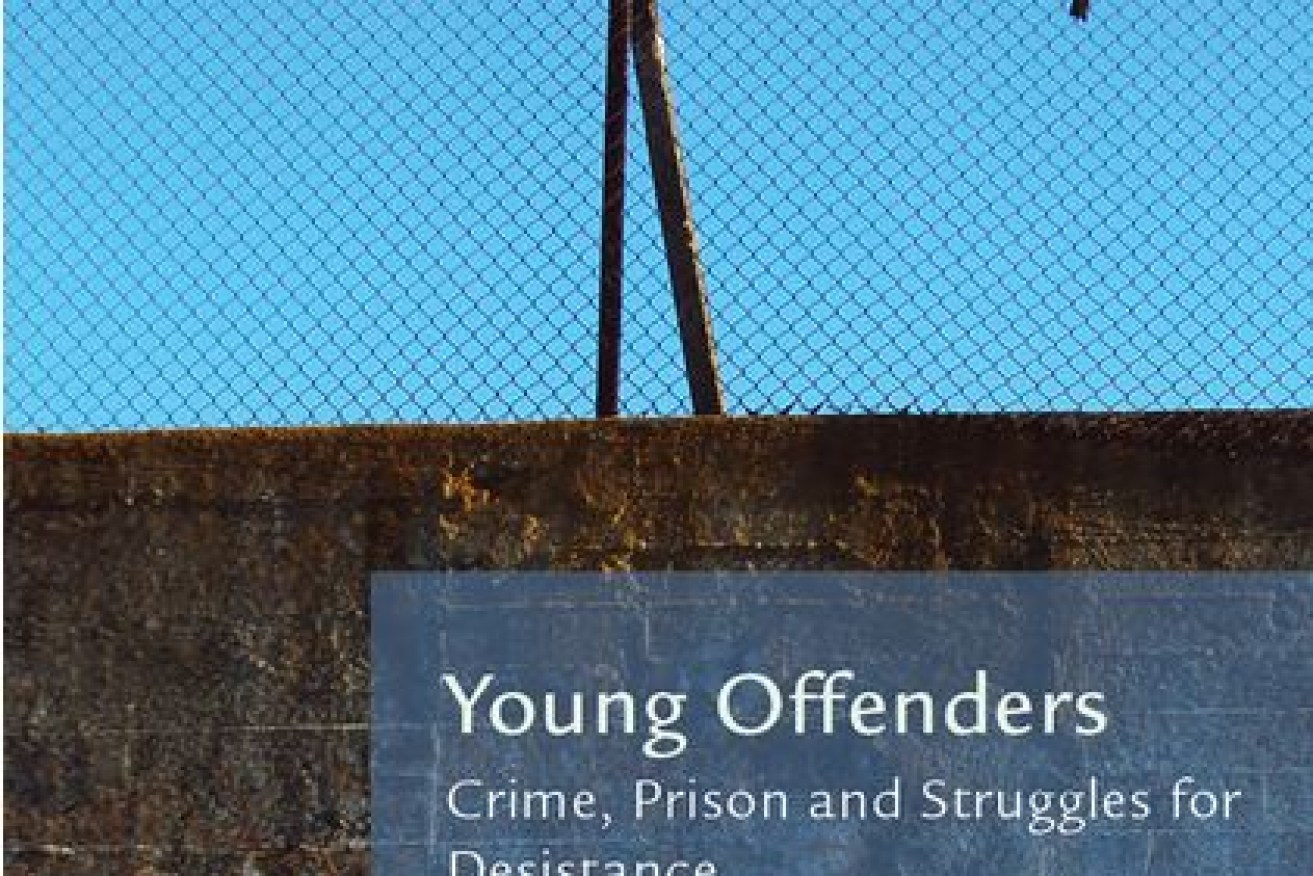
Flinders University researchers who conducted a 10-year study of young offenders say that breaking the cycle of repeated offending and imprisonment lies in the fundamentals of education, jobs, stable relationships and effective recovery from unresolved trauma.
The book, Young Offenders: Crime, Prison and Struggles for Desistance, is designed around an extended series of interviews with a group of young men aged 15 to 29 subject to repeat episodes of incarceration and release between 2003 and 2013.
The researchers followed them for a decade, and also interviewed family members and friends as well as prison staff and rehabilitation workers.
Mark Halsey, Professor of Criminology in the Flinders Centre for Crime Policy and Research, who co-authored the book with researcher Simone Deegan, said the aim of the project was to “try and get some of the stories behind the statistics to tell us why people struggle to get out of the life of crime, violence and imprisonment”.
“We were trying to understand the to-ing and fro-ing of being in and out of custody, what goes right, what goes wrong, what the pressures are, what needs to change in the system, and what needs to change in the attitudes of those young people as well,” Professor Halsey said.
Professor Halsey believes both the juvenile and adult systems often demonstrate a confusion between compliance with conditions of release and reintegration into society.
“People can be complying with their order – staying off drugs and alcohol, living at a specified address, avoiding particular associations – but that doesn’t mean they are closer to reintegrating with society,” he said.
Professor Halsey said that the time of release is when society and the system expect offenders to be on their best behaviour.
“But by imprisoning them for so long, we’ve taken away from them most types of meaningful responsibility or control of their lives, and suddenly we expect them to switch it on.”
Institutionalisation from an early age meant many prisoners lacked basic practical life skills.
“In talking to these young men and their families over the years, it has become clear that one of the things we have to do is to invest more in terms of preparing them for release well before the date comes up,” Professor Halsey said.
“When good contact is made between prisoners and those people who can provide assistance, whether it be a mentoring relationship or help in finding a job, finding housing or going back to school, it can create a better line of stability across the gate. These relationships are sometimes the only thing which keep people broadly on track at the point where a fatalistic outlook might arise leading them back into crime.”
Professor Halsey is also critical of the disjunction between juvenile and adult systems, which often leads to long-term trust built up between offenders and their caseworkers being thrown away.
He says this lost momentum is exacerbated by the scarcer resources and lower level of support in the adult prison system.
“The nature and intensity of assistance and services provided to young offenders is ultimately tailored to the legal status of the ‘client’ – whether they are a juvenile or adult – instead of reflecting the ‘maturational arc’ of people’s lives. There is no good reason why therapeutic and other kinds of positive alliances built up slowly over months or years should cease at age 18 or when a young person is transferred to the adult jurisdiction. But that too often occurs.”
Professor Halsey said another positive factor in breaking the cycle is physical relocation.
“Most of the young men who were doing better had managed to move away geographically from their old haunts, their old troubles and peer groups,” he said.
“While that sounds logical, it’s very hard to do.”
Young Offenders is published by Palgrave Macmillan.





